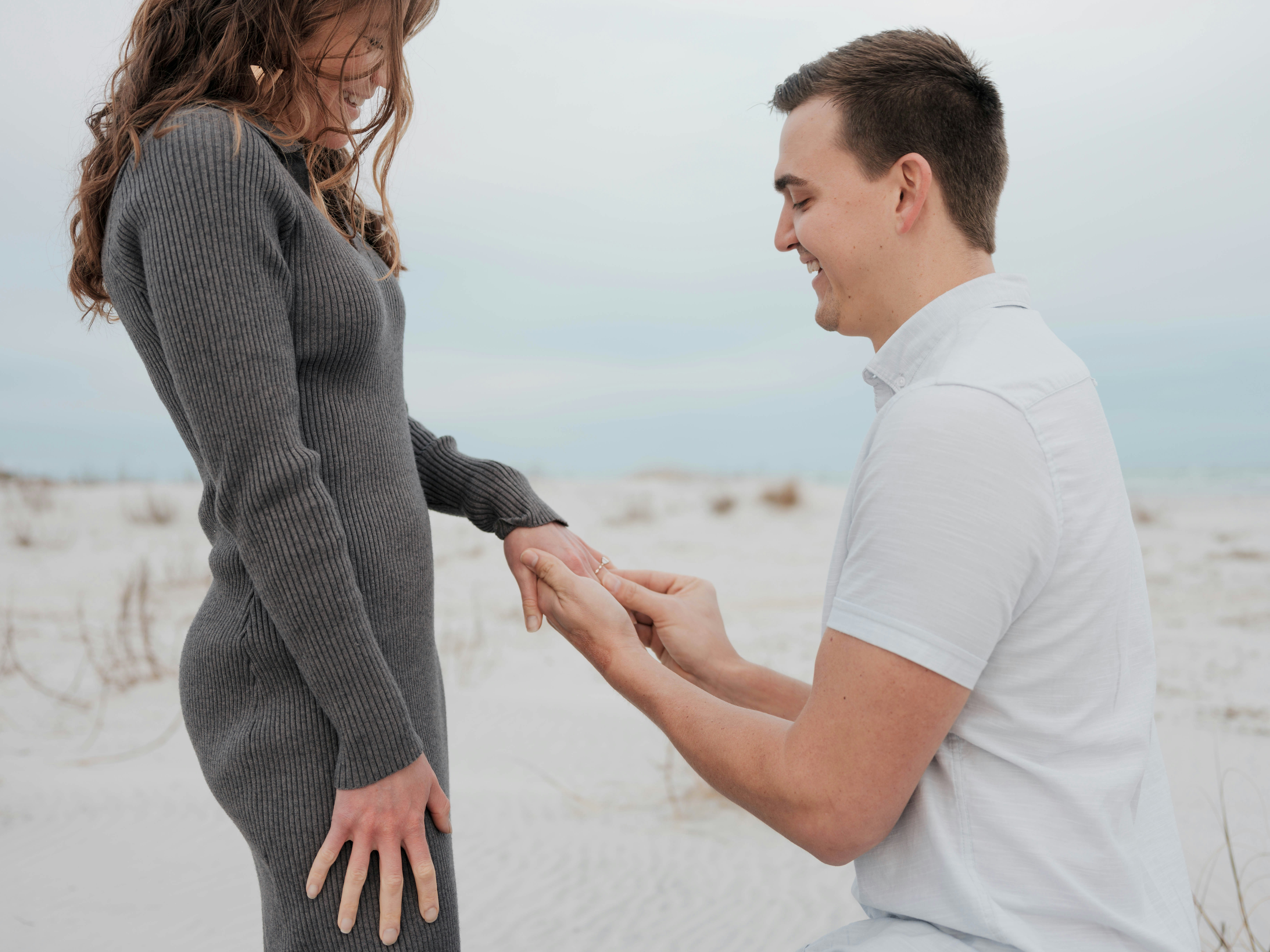From Symbol of Ownership to Eternal Love: The Dark Origins of Engagement Rings
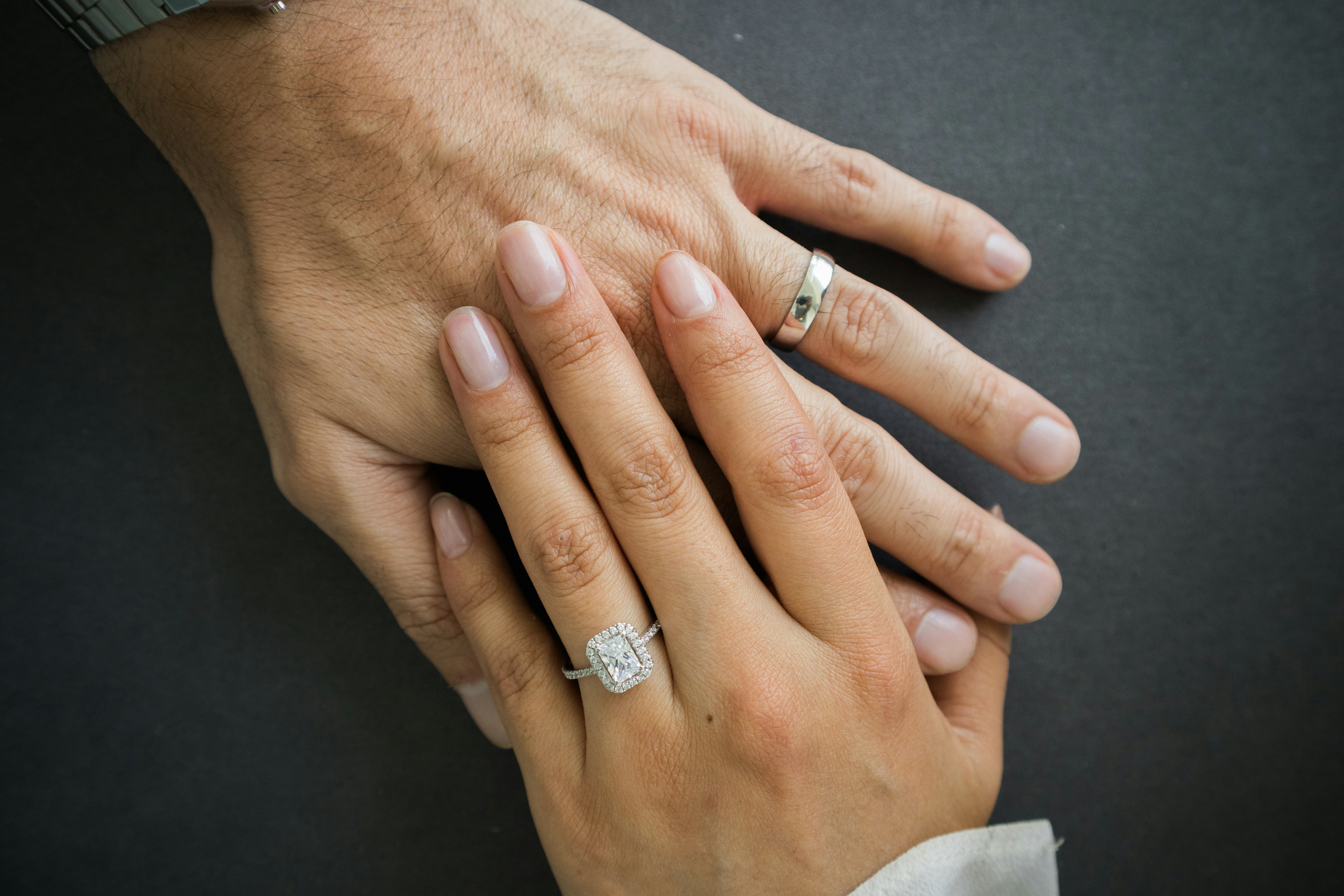
To many, engagement rings are sparkling symbols of love and the endurance of the human heart. Whether you recently said yes, are still hoping for a proposal, or just appreciate their shine factor, you might be surprised to learn that their romantic roots are shockingly not so romantic. Way back when, before they were symbolic of eternal love, engagement rings were used as contracts of ownership.
A Look Into the Past
Engagement rings date all the way back to ancient Rome, where women wore rings made of ivory, bone, copper, or iron. These were not tokens of endearment, but a symbol of a business deal or a sign of obedience to their would-be husbands. These rings were actually inspired from Ancient Egypt, where the Egyptians revered the sun and the moon—depicted by the circular jewelery.
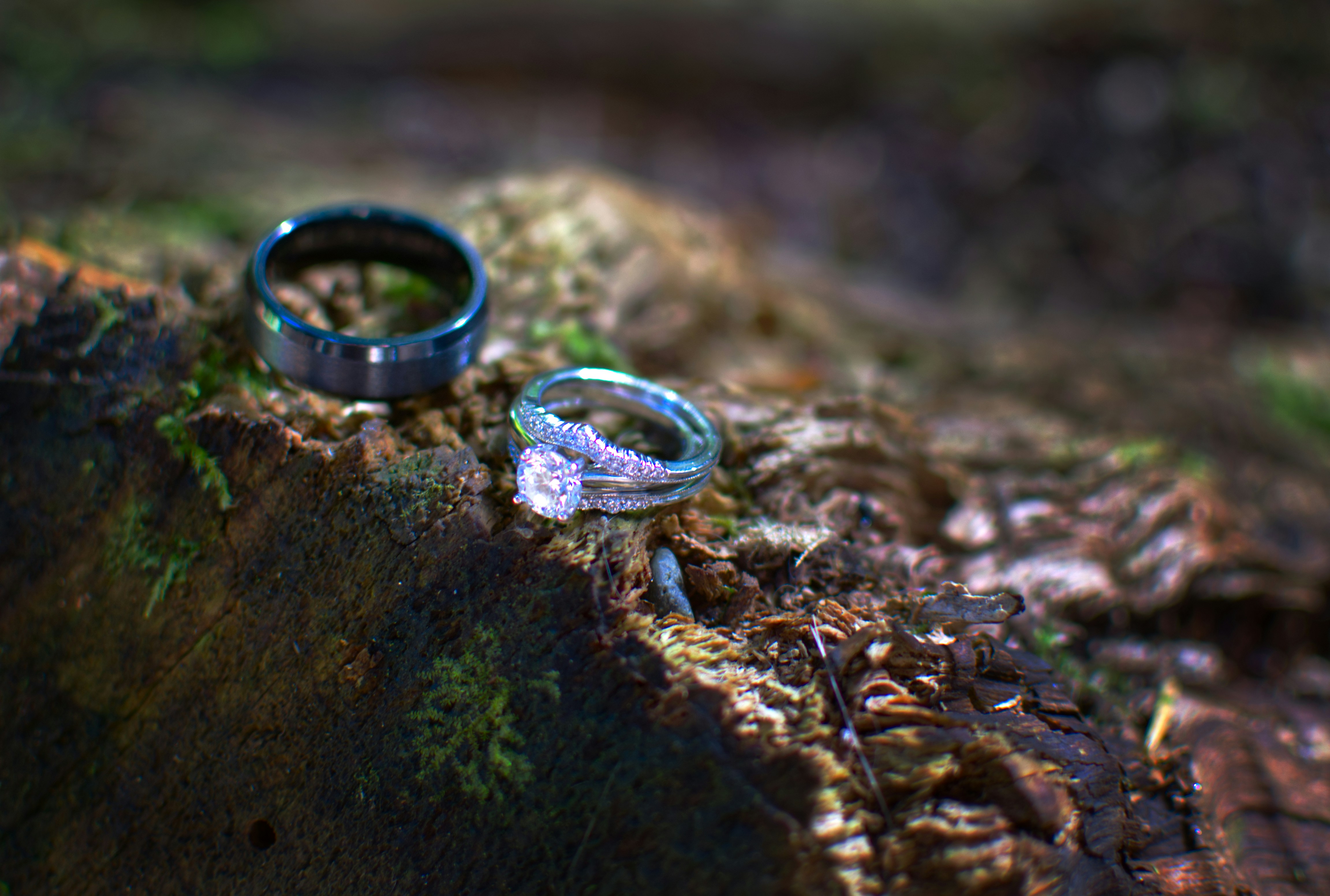
The notion of the engagement ring as a marriage promise didn’t truly come into being until 850 CE, when Pope Nicholas I declared that the gesture was an outward symbol of matrimonial promise.
The first diamond was not set in an engagement ring until 1477 as per the Cape Town Diamond Museum. This trend was started when Archduke Maximilian of Austria presented Mary of Burgundy with a handsel (ring with a "M" formed of tiny diamonds) to celebrate their engagement.
Engagement rings grew to represent unity as we know them, today, by the 15th century. This is when gimmel rings, which are made up of three linked bands, started to gain popularity. Each member of the engaged couple would wear one of the two rings, and on the wedding day, the third ring would connect them together to complete the bride’s wedding ring set.
Shorty after, there appeared the posy rings among another favorite style. These rings were highly detailed on the outside with hidden declarations of love and poetry inscribed along the inner band of the ring. Posy rings in silver invariably found their way into couples' hands and occasionally into wedding rituals, throughout the Renaissance period and beyond.
Contemporary Evolution of Engagement Rings
While Archduke Maximilian of Austria may have been the first to use a diamond engagement ring to propose, he didn’t actually originate a popular trend. The truth is that diamond rings didn’t begin to catch on until 1947, when De Beers — the British mining company with industrial control over the world’s supply of diamonds — began its now-iconic advertising campaign. And thanks to the magic of Hollywood glamour and the unforgettable slogan “A diamond is forever,” diamond engagement rings had exploded in popularity for the first time since their introduction to America in 1840. Diamonds, from then had become a token of eternal love and a popular choice of couples on the road to matrimony.
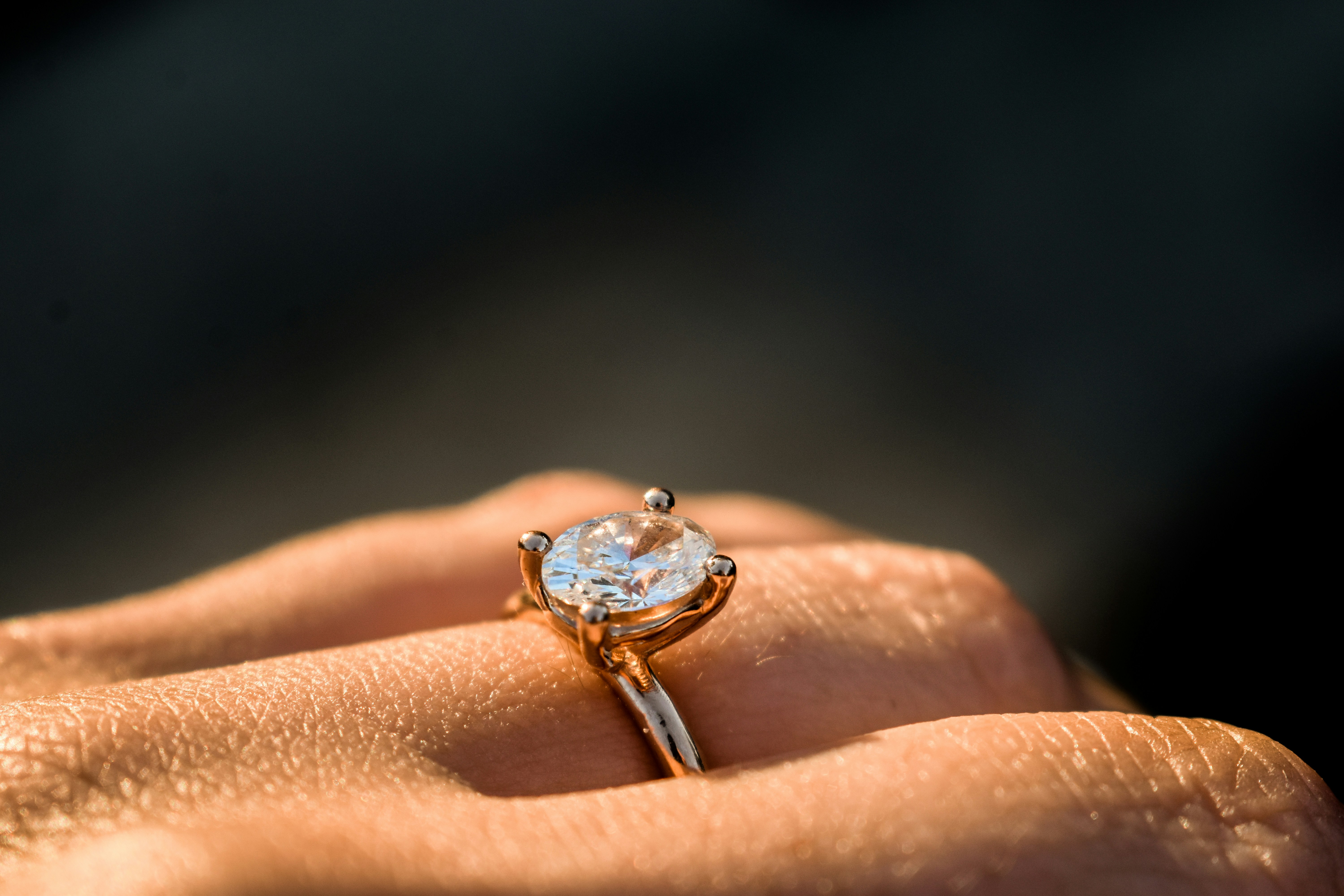
But more recently, there has been a clear change in engagement ring tastes. Nowadays, many couples are choosing more unique shapes, colorful stones and alternative materials for their rings. Just consider the A-listers making this trend a priority: Selena Gomez sports a marquise-cut diamond, Kate Middleton’s sapphire and diamond ring remains one of the most iconic pieces of jewelry in the world and Blake Lively wears a light pink oval diamond gifted to her by Ryan Reynolds. Even though their romantic relationships didn’t last, both Emily Ratajkowski and Ariana Grande once wore to-die-for toi et moi engagement rings.
And there’s been a significant increase in the popularity of lab-grown diamonds, which lure some people looking for options that are more affordable and eco-conscious. Yet despite changing trends and contemporary tastes, one thing remains the same: engagement rings still serve as eternal symbols of eternal love.
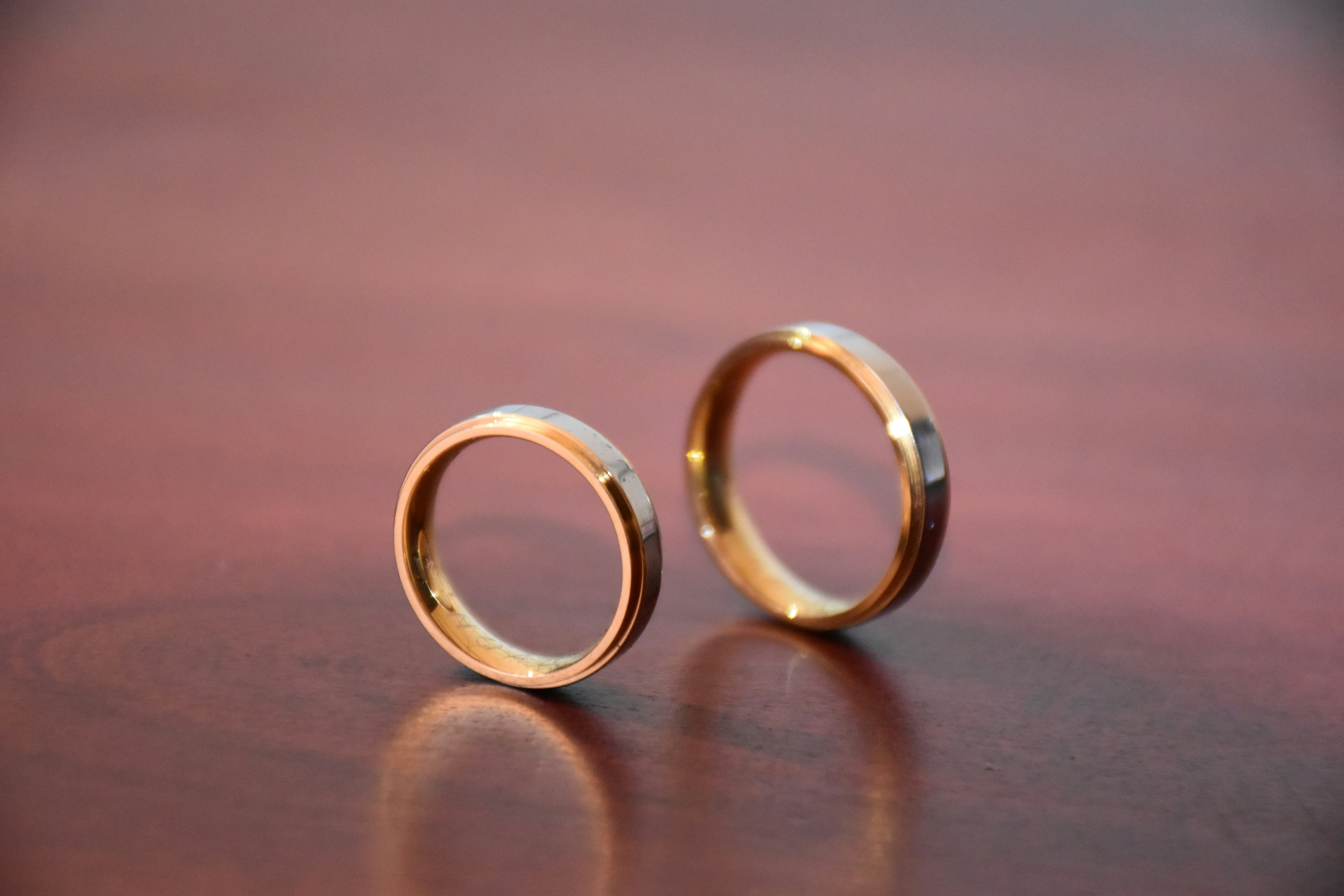
The Symbolism Today
While their shape and components may evolve, engagement rings somehow indicate more than simply style. What were once symbols of control developed into symbols of love for its own sake, of partnership, and of mutual respect. Whether it’s a dazzling diamond, a minimalist band, or a custom creation, what counts most is the story it tells and the bond it celebrates.

